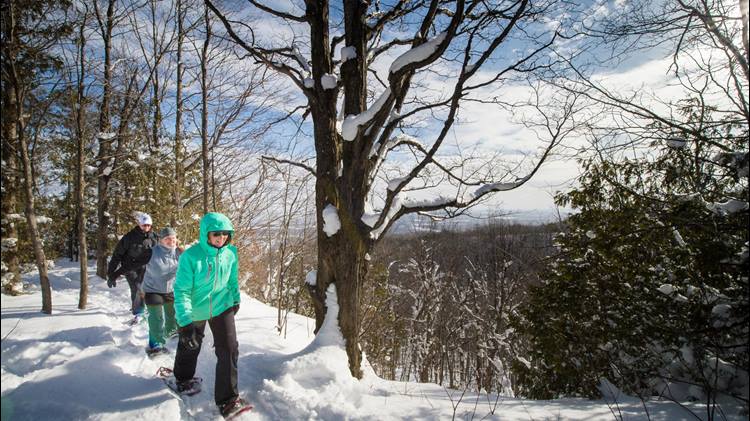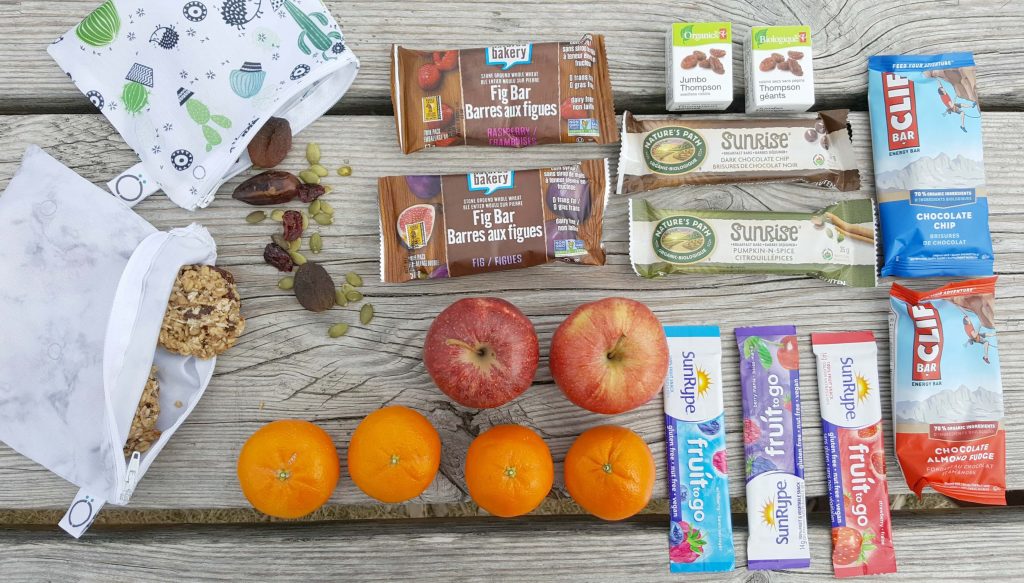Hiking junkies may not even notice the change in seasons. They simply keep hiking. For the rest of the crowd, however, it can feel unnatural, and walking over layers of snow may throw off your balance.
But, if you can brave through the howling chilly wind, and frigid conditions, snow-capped peaks offer incredible views below. Although winter hiking involves a small learning curve, gearing up is one of the most rewarding winter activities.
Here are a few tips to help you make winter hiking your next favorite hobby:
Start off a little bit cold
Your first reaction when you get out to the cold is shivering, wimping, and bundling up to try and retain some warmth.
However, your body can handle changes in temperatures pretty well. You’ll notice that you start getting comfortable in the cold the longer you stay there.
You don’t have to layer up right from the word go. You can put on a light jacket and start the hike. Your body will adapt faster to the cold temperature and start working to warm you up
While this may sound counterintuitive, it’s the fastest way to prepare your body for the long hours that you’ll spend out on chilly trails.
Pack some ‘easy to bite on the go’ snacks
When you’re exposed to cold, your body uses extra energy to produce more heat to keep your body warmed up.
For this reason, you’ll need to refuel your body along the way to replace the burned calories.
By regularly supplying your body with the much-needed nutrition you’ll not only be energetic but you’ll retain warmth.
Settle for a moderately challenging trail
Although you might be tempted to choose the easiest trail possible, this may leave you feeling cold for longer.
Tougher trails will get the heart pumping blood faster which will, in turn, increase blood circulation slowly increasing your body temperatures.
You might get sweaty, so it’s crucial to have a sweat-proof undershirt or easy to dry inner clothes, you don’t want the sweat to cool your body temperatures down as the moisture will leave you chilled up.
Pack multiple spikes
Winter hiking sometimes involves traversing layers of snow, ice, or both which means to gain enough traction in different terrains you’ll require different types of spikes to keep you going and prevent tripping.
There are several spikes that help you gain traction over different surfaces; mountaineering crampons, micro-spikes, and snowshoes.
Micro-spikes and crampons provide traction on packed snow and ice whilst snowshoes help you ‘float’ over unconsolidated snow.
Do not hike solo
While sometimes exploring trails alone gives you a sense of freedom, accomplishment, and utmost independence, winter hiking may not be the best time to start solo hiking.
For a start, lesser people are willing to hike during winter. So, it’s not alien to go up and down without meeting a soul.
That may sound like a great idea as you’ll reap all the benefits of having a trail all to yourself. But, if anything goes south, it’ll be only you with whatever you packed.
Warm-up and Rest
Finish your winter hiking in a stoked Airbnb with a cozy fireplace to warm up and rest up for your next hiking adventure. For ideas of hiking spots in Blue Mountains, Ontario check out the Georgian Trail.





